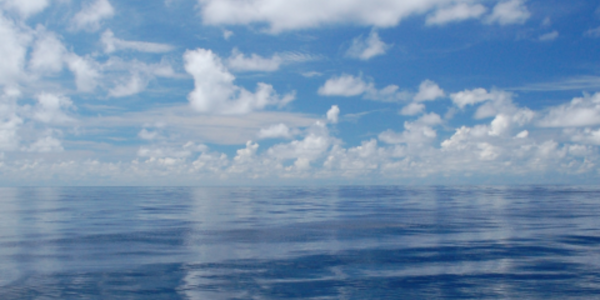
NCEI has added another regional climatology to its growing portfolio. The Southwest North Atlantic (SWNA) regional climatology joins the recently published NCEI Northwest Atlantic regional climatology to provide complete coverage of the important Gulf Stream system, which influences climate from the east coast of North America to the west coast of Europe.
What is a Climatology?
According to the World Meteorological Organization, the term “climatology” defines long-term averages of a given variable, like sea surface temperature, over various time periods, usually 30 years. In oceanography, the term “ocean climate” is used to define ocean parameters averaged over a decade or longer. Ocean climatologies, global or regional, relate specifically to long-term averaged oceanic parameters—temperature or salinity, for example—in the entire world ocean or in selected ocean regions.
NCEI develops ocean climatologies for annual, seasonal, and monthly periods to perform scientific analyses, while investigating interannual-to-decadal ocean climate variability using historical oceanographic data. The new SWNA regional climatology synthesizes all available oceanographic data from the World Ocean Database from 1955 through 2017, including monthly, seasonal, and annual mean fields of temperature and salinity for each decade as well as the entire period at depth levels from the sea surface to 4900 meters deep.
An Important Piece of the Puzzle
The Atlantic Ocean is the world’s second largest ocean and covers approximately 20% of Earth’s surface. Because the Atlantic and the Pacific Oceans cover so much area, scientists use specific geographical names to be more exact in referring to specific parts of the ocean. The North Atlantic is the part of the ocean that is north of the Equator. The Southwest North Atlantic covers the waters of the southeast U.S. Atlantic and Caribbean.
The Southwest North Atlantic is home to an active commercial and recreational fishery including mackerel, cobia, and snapper. The region also includes migration pathways for key species such as the North Atlantic right whale.
The warm Gulf Stream has a large effect on the Southwest North Atlantic. This strong ocean current brings warm water from the western tropical North Atlantic, Gulf of Mexico, and Caribbean Sea into the Northwestern Atlantic Ocean and extends all the way up the eastern coast of the United States and Canada. Changes in the temperature of the upper tens to hundred meters in and around the Gulf Stream can influence the behavior of fish, cause coral bleaching, and affect weather along the coast, including tropical storms and hurricanes.
The SWNA regional climatology will be used to assess oceanic climate change and to further studies of ecosystem health and resource management. When joined together with NCEI’s Northwest Atlantic regional climatology, these products cover the entire Gulf Stream area and provide an important addition to studying the critical role of the Gulf Stream in the North Atlantic ocean climate and arguably in the entire Earth’s climate system.



